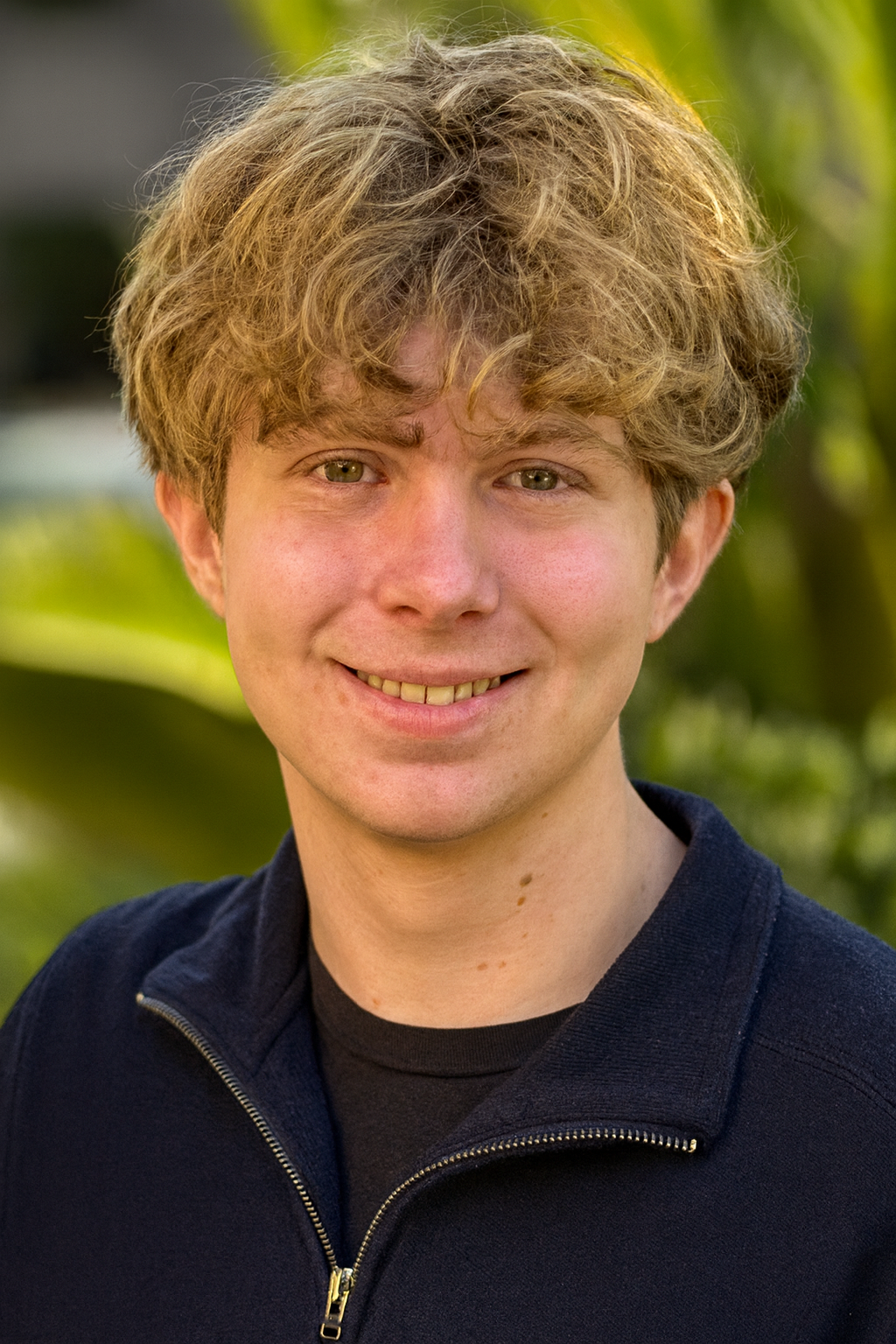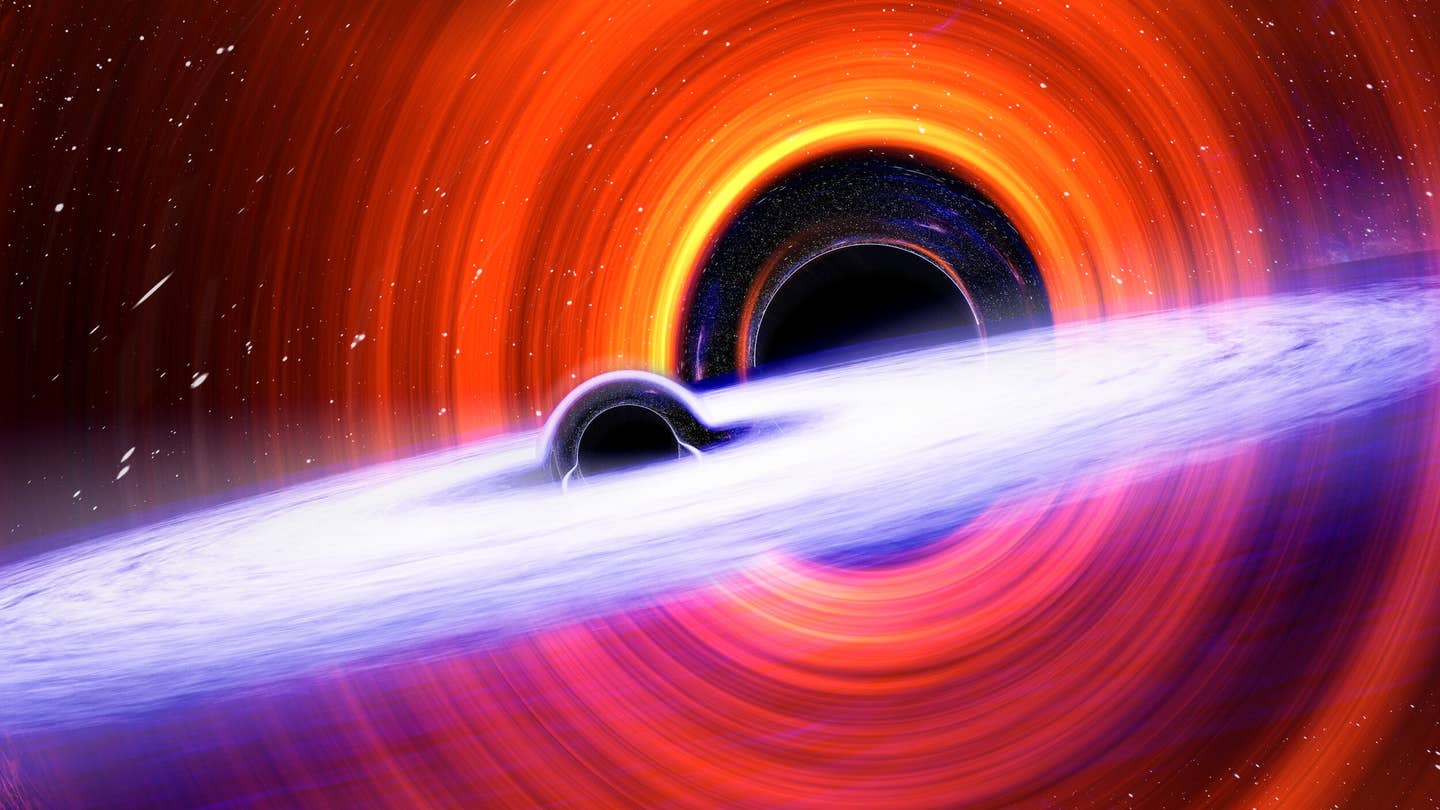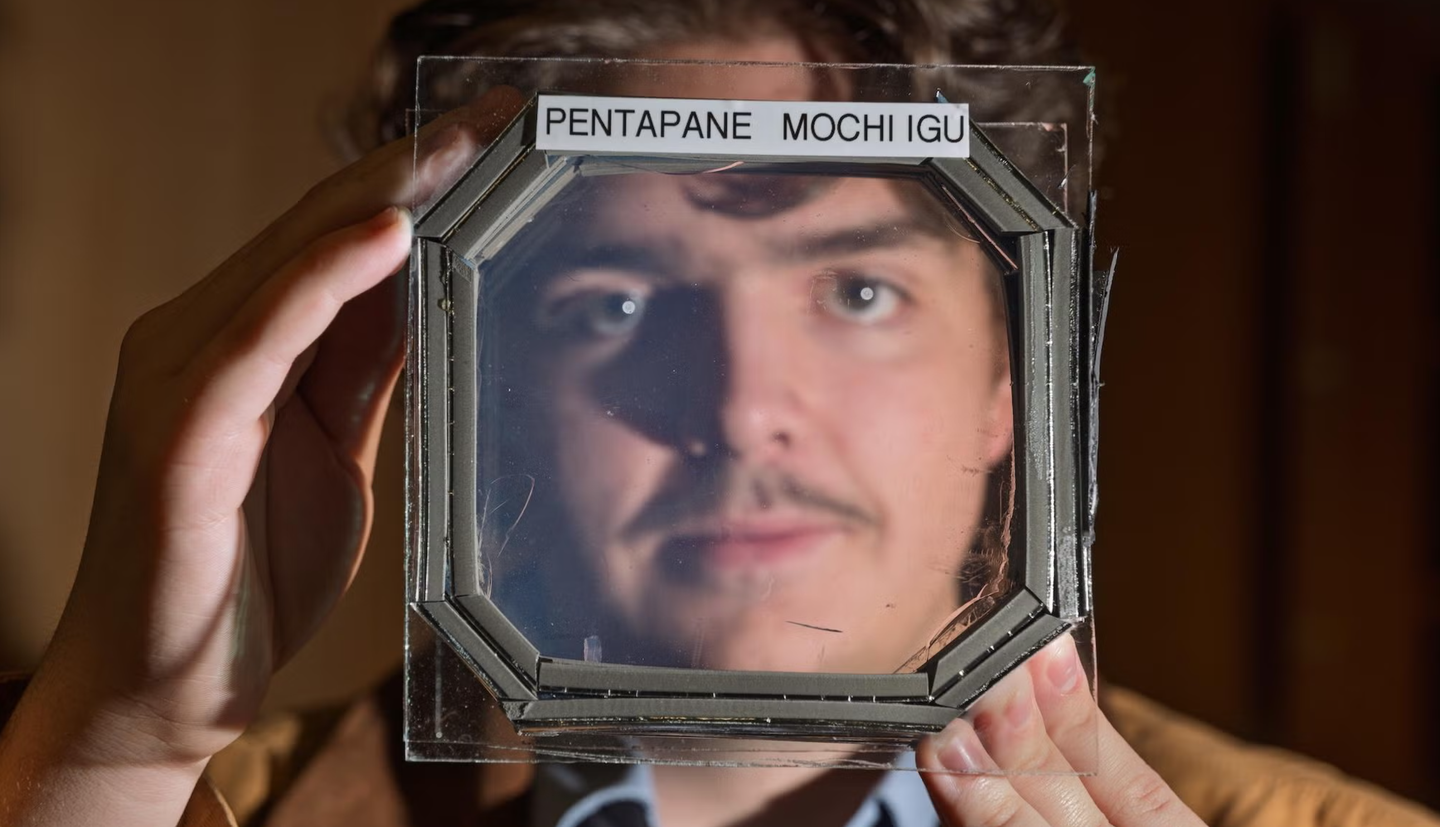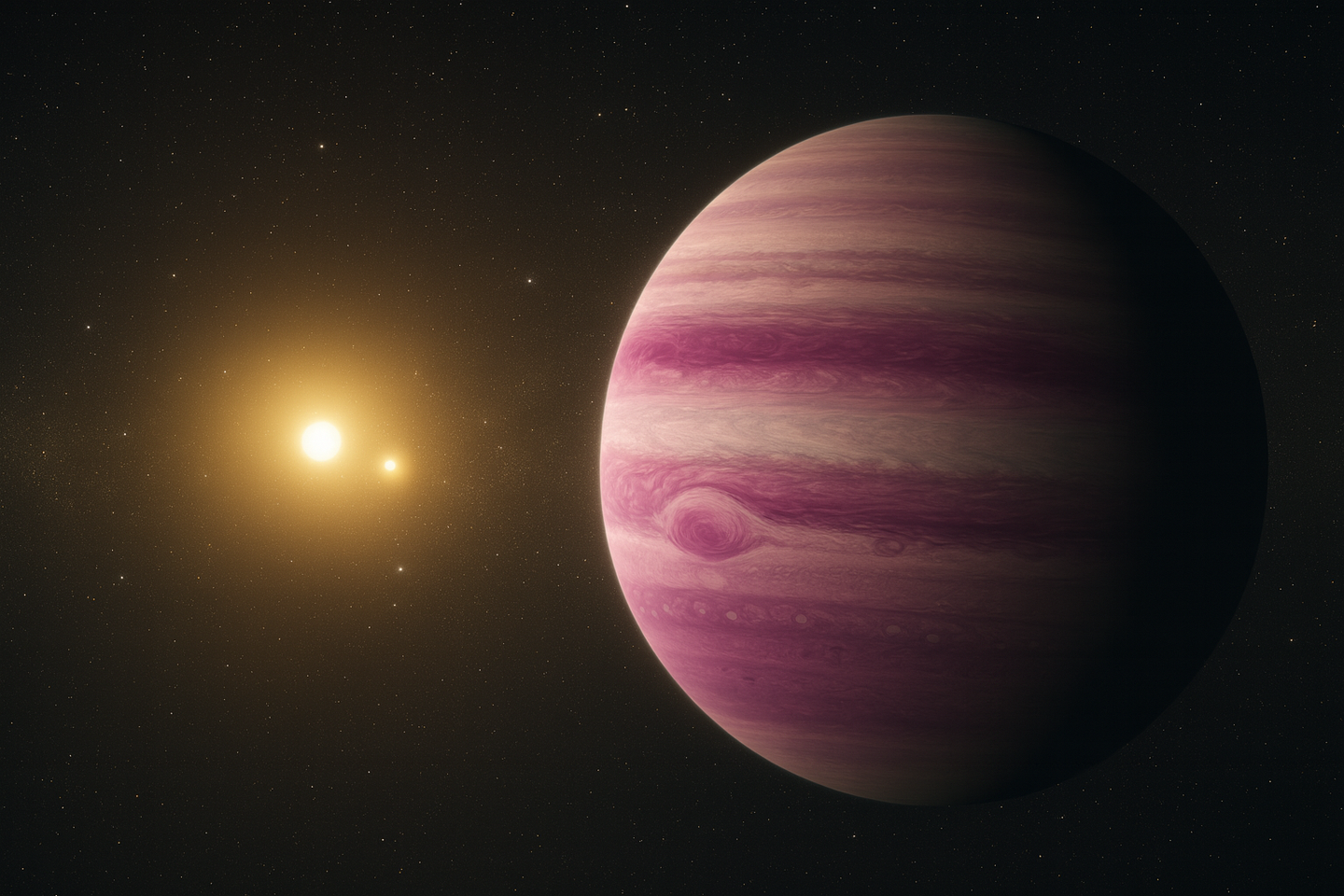Two new black hole collisions confirm Einstein’s theory with record precision
Two extraordinary black hole mergers find evidence of second-generation black holes, once again proving Einstein’s theory right.

 Edited By: Joshua Shavit
Edited By: Joshua Shavit

Two new black hole collisions challenge what we know about the universe. (CREDIT: Carl Knox, OzGrav, Swinburne University of Technology)
For the first time, scientists have detected two black hole mergers with spins so unusual they may reveal a new generation of cosmic collisions. The twin discoveries, labeled GW241011 and GW241110, were announced by the international LIGO, Virgo, and KAGRA collaborations—teams that have been tuning their instruments to detect the faintest ripples in space and time. Each signal, lasting less than a second, was a final whisper from black holes that collided billions of years ago.
These gravitational waves—tiny distortions in spacetime predicted by Albert Einstein more than a century ago—were captured by LIGO’s twin detectors in the United States and Virgo’s observatory in Italy. They record the violent endgame of two massive black holes orbiting each other at nearly the speed of light before merging into one.
Two Collisions, Billions of Years Apart
The first event, GW241011, flashed across detectors on Oct. 11, 2024. It came from about 1.7 billion light-years away and involved two black holes roughly 36 and 27 times the mass of the Sun. When they merged, they formed a single remnant weighing 61 solar masses—meaning about two solar masses were instantly converted into energy as gravitational waves. That’s roughly the total lifetime energy output of our Sun, released in less than a second.
A month later, on Nov. 10, 2024, the second event—GW241110—was detected from even farther away, about 2.4 billion light-years. This merger involved black holes weighing around 46 and 29 solar masses, forming a final black hole of 73 solar masses. Again, about two solar masses vanished into pure gravitational energy.
For both detections, the data were unmistakable. The ripples matched theoretical waveforms predicted by Einstein’s general theory of relativity. Researchers compared the observed patterns to thousands of simulated models to confirm that each signal came from the collision of black holes—and not from noise, earthquakes, or instrumental interference.
Hidden Details in the Ripples
Each merger told a slightly different story about the black holes involved. GW241011’s larger black hole spun at a remarkable rate—its spin value measured at 0.62 on a scale where 1 represents the fastest possible spin. Its partner spun more slowly at 0.25. Their final remnant, spinning at 0.71, lined up neatly with Einstein’s equations.
GW241110 was even stranger. One of its black holes spun in the opposite direction of its orbit—a cosmic rarity. “Each new detection provides important insights about the universe,” said Carl-Johan Haster, an astrophysicist at the University of Nevada, Las Vegas. “Every merger is both an astrophysical discovery and a laboratory for testing the fundamental laws of physics.”
The spin directions and mass differences hint that these black holes might not have been born together as twin stars. Instead, they may have formed separately and later collided in crowded star clusters—a process known as a hierarchical merger. In such dense environments, black holes can repeatedly merge, forming ever-larger and faster-spinning remnants.
“These unusual spin configurations not only challenge our understanding of black hole formation,” said Gianluca Gemme of the Virgo Collaboration, “but also offer compelling evidence that some black holes are members of a dense and dynamic crowd.”
Testing Einstein’s Limits
Every gravitational-wave event offers a rare opportunity to test Einstein’s century-old theory of general relativity under the most extreme conditions in the universe. The data from GW241011 and GW241110 matched the theory’s predictions with extraordinary precision.
The rapid rotation of the primary black hole in GW241011 also let researchers test a specific solution to Einstein’s equations known as the Kerr metric, which describes how rotating black holes warp spacetime. The match was near perfect, providing one of the most precise confirmations of general relativity to date.
Because the two colliding black holes were different sizes, GW241011’s signal included faint “overtones”—extra frequencies similar to the harmonics of a musical instrument. Only a handful of mergers have ever shown this feature so clearly. Detecting it allowed scientists to probe the internal structure of the black hole’s spacetime in unprecedented detail.
A Window into New Physics
The high spins of these black holes may also hold clues about particles beyond the Standard Model of physics. Some theories propose the existence of “ultralight bosons,” hypothetical particles that could extract energy from spinning black holes. If they exist, they would slow down a black hole’s rotation over time. But the rapid spin of GW241011’s remnant—after billions of years—rules out many possible masses for these elusive particles.
“This discovery shows how sensitive we’ve become to new physics that might lie beyond Einstein’s theory,” said Haster.
Behind these detections are thousands of scientists and engineers operating a synchronized global network. The LIGO observatories in Washington and Louisiana, Virgo in Italy, and KAGRA in Japan work together to pinpoint cosmic events, measuring changes in distance smaller than one-ten-thousandth the width of a proton. Each detection requires eliminating countless false alarms before a signal can be confirmed.
By late 2024, the LIGO-Virgo-KAGRA network had logged nearly 300 gravitational-wave events since operations began a decade ago. The newest findings highlight how much more precise the instruments have become and how close scientists are to mapping the entire population of black holes in the universe.
Charting the Black Hole Family Tree
Together, GW241011 and GW241110 add new branches to the growing “family tree” of black holes. Their large mass differences and unusual spins point toward second-generation systems—black holes that themselves formed from earlier mergers.
“Both events had one black hole significantly larger and more rapidly spinning than its companion,” said Stephen Fairhurst of Cardiff University. “That’s exactly what you’d expect from a black hole that’s already been through a merger before.”
If confirmed, these would be the clearest evidence yet that black holes can merge, survive, and merge again—building cosmic hierarchies across billions of years. The implications stretch beyond astrophysics: such systems could shape the evolution of entire galaxies.
Practical Implications of the Research
Detecting these faint waves opens a new way of studying the cosmos. Each discovery helps scientists better understand how black holes form, grow, and influence the galaxies around them.
The findings also strengthen Einstein’s theory of general relativity and tighten the limits on exotic physics, including the search for ultralight particles that could explain dark matter.
As detectors become more sensitive, researchers expect to detect hundreds of mergers each year, turning gravitational-wave astronomy into a routine yet revolutionary part of science—helping humanity listen to the deepest heartbeat of the universe.
Research findings are available online in the Astrophysical Journal Letters.
Related Stories
- What happens to matter when it gets sucked into a black hole?
- Rare black hole-star merger creates the longest gamma-ray burst ever
- Astronomers capture first-ever image of two black holes orbiting each other
Like these kind of feel good stories? Get The Brighter Side of News' newsletter.
Joseph Shavit
Science News Writer, Editor-At-Large and Publisher
Joseph Shavit, based in Los Angeles, is a seasoned science journalist, editor and co-founder of The Brighter Side of News, where he transforms complex discoveries into clear, engaging stories for general readers. With experience at major media groups like Times Mirror and Tribune, he writes with both authority and curiosity. His work spans astronomy, physics, quantum mechanics, climate change, artificial intelligence, health, and medicine. Known for linking breakthroughs to real-world markets, he highlights how research transitions into products and industries that shape daily life.



